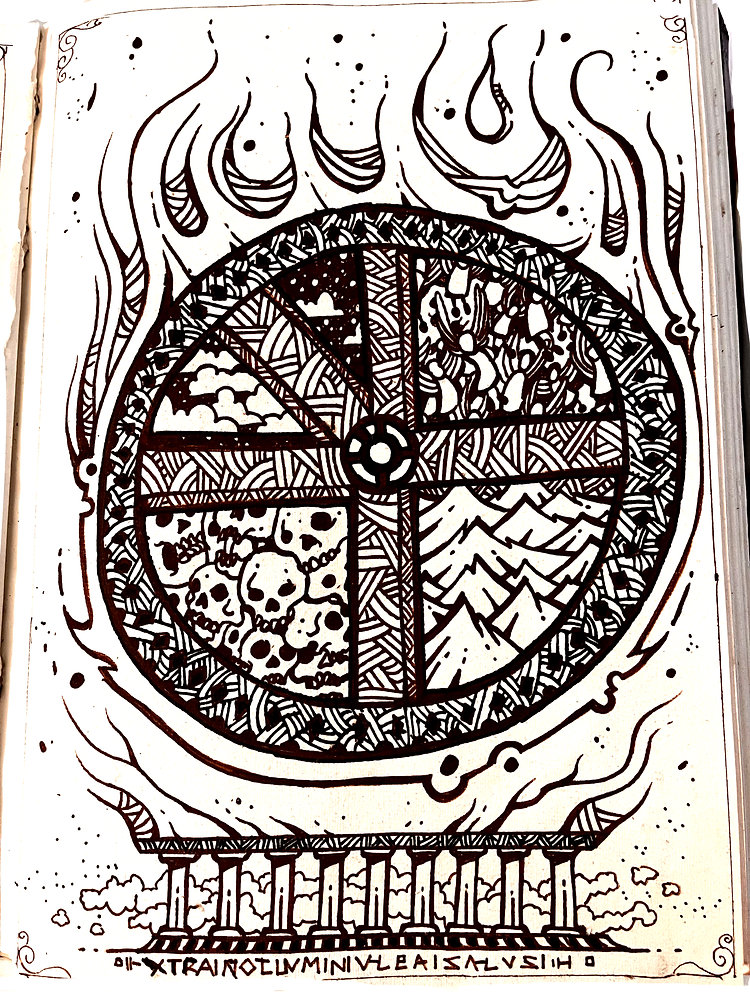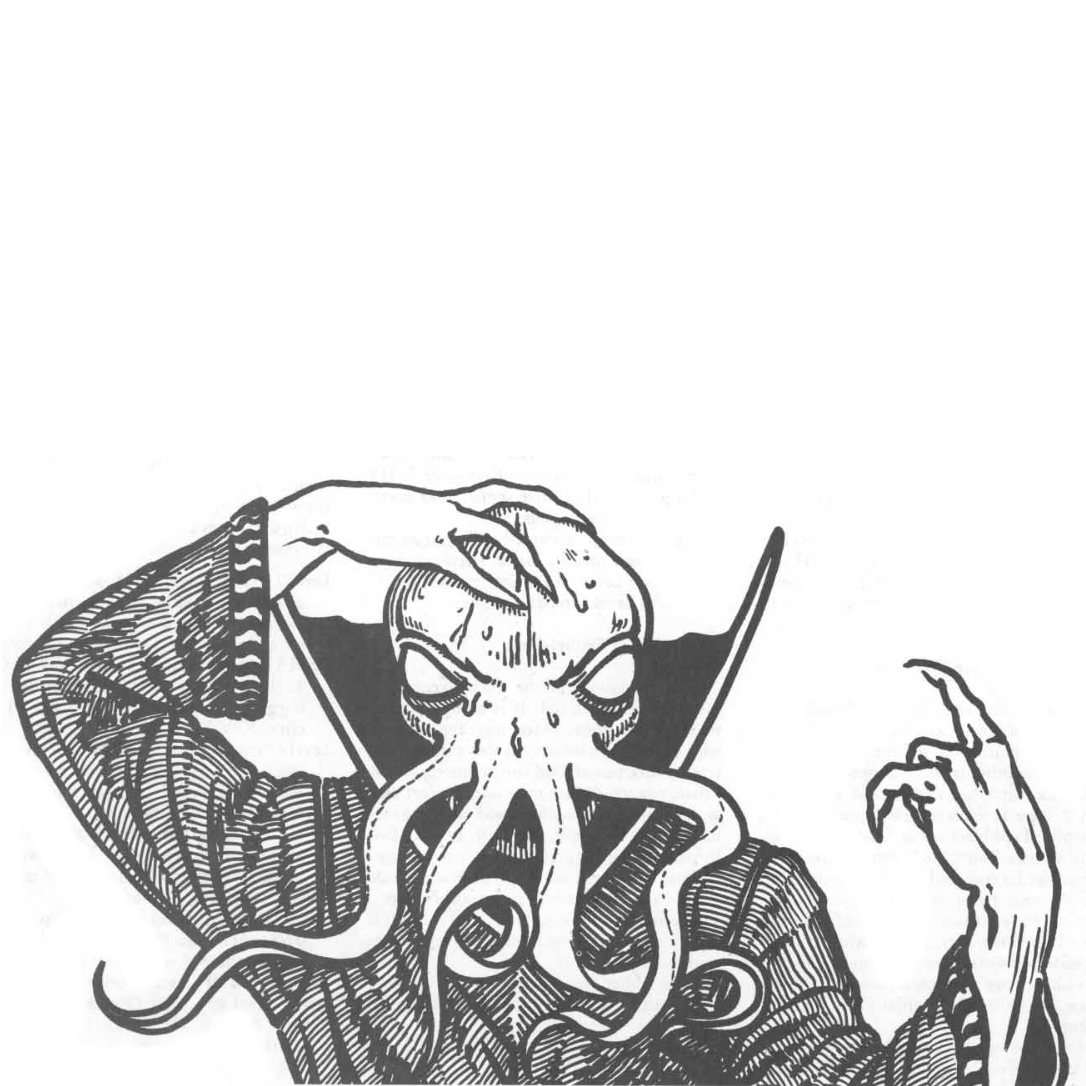- cross-posted to:
- [email protected]
- cross-posted to:
- [email protected]
Hankerin Ferinale simplifies Burning Wheel down to three steps:
- Map Relationships with Intent
- Reinforce Relationships Again and Again
- Build Massive, Compound Stakes on Dice Rolls
I can’t recommended Burning Wheel enough to any playgroup that hasn’t played it before.
It’s Artha system to reward players challenging their beliefs is perfect.
While the new Powered by the Apocalypse style of RPGs have changed gaming. The burning wheel is an excellent resource for anyone creating a story driven campaign or system. It’s probably my proudest purchase and most valued core book
I feel Ironsworn is a good mix of PbtA and BW. At its core it is a PbtA, moves and all that jazz. But it hands over narrative drive to the players in a direct way. Ironsworn demands Vows to be sworn, essentially telling the Player that if this matter for your character a vow need to be made. Its progress then tacked and when fulfilled rewards given. I see parts of the Artha Cycle there (minus the meta-currencies) but one not as active as BW’s.
deleted by creator
Burning Wheel is my favorite game I’ve never played.
I picked up the books at a local game shop, back when it came out as a two-volume set wrapped in a paper band. A lot of it was honestly the interesting form factor, and how neat the pages looked. Then I got Burning Wheel Gold, which I blame for my weakness for chunky, digest-sized, hardback RPG books.
Anyway! For all the reasons the article states, there’s a lot of value in the system even if you don’t run it. The BITs are great (and seem like a more fleshed-out version of 5e’s BIFs), I’ve always kept “let it ride” in mind to keep games moving, and I try to clearly get the intent from your players before rolling dice.
I’d still like to get Burning Wheel proper to the table, though. :P
As another thought, I just considered that “let it ride” is sort of the opposite of the clocks system popularized by Blades in the Dark, at least when building towards a goal rather than triggering a consequence. I’ll have to do some re-reading and flesh out my thoughts on that!
Read it and I have to say I vehemently disagree with the author’s conclusions. Only the third point I can a bit agree with, but not the others. Not saying it is bad advice but for the goal of “three methods to get the magic of BURNING WHEEL’s approach in your game, no matter what it may be”* the mark is missed. My methods instead would be
- THE
- ARTHA
- CYCLE
It is in its Artha Cycle one finds the magic of Burning Wheel, everything else is just fuel for the fire. The Artha Cyle then…
- The player states a Belief their character has. It is good, but not required, to include a goal in this Belief.
- The player has their character try and achieve said Belief, if the test really matters Artha (player-facing meta currency) is spent on the roll to improve the chance for success. Perhaps they get a bit on their way, perhaps they succeed. Or they fail. Regardless…
- The player is awarded for playing their character’s Belief with Artha (meta currencies) and the character is rewared by getting better at the skill.
- Update Belief and start the cycle anew
That there is Burning Wheel at its core. You can find more about it in the Hub and Spokes (free), or just ask if you want to know more about it.
Relationships, which the author so focuses on, are a tool for the player to write Beliefs about and use to achieve them. They are also excellent tools for the GM to challenge Beliefs as at the beginning of the game every relationship the characters has are someone the player spent points on to create when they burnt their character. So they matter because the Players have said so. But you can remove them and still have Burning Wheel.
Lets talk a bit about the Author’s third point
III: Build Massive, Compound Stakes on Dice Rolls
I agree that Burning Wheel really wants the tests to matter. Spamming tests are not the way. Let’s circle back to the Artha Cycle. Players and Characters are rewarded (mainly) for having their Beliefs in play, which on the other side says that if the scene isn’t about a Belief of theirs there is barely anything in it. Instincts, Traits, other PCs, relationships etc may be there using the character to get involved. But back to big tests. The less you test in Burning Wheel there more those tests matters and the more the player can make those tests matter through spending Artha on them. The player is also more inclined to spend Artha on tests if they don’t feel they have to spend it on several minor tests. What I’ve found this leads to at the table is a test or two to set up the big test. Also there is a focus around the test, a focus to better position their character for it. So once the test comes around it already matters, the table has invested in it and we are all eager to see it play out.
That is all I have to say about it for now. Read Burning Wheel, at least the Hub and Spokes. There are good things in it.
But since I cannot shut up - if you are running a more classical fantasy game implementing the Artha Cycle from Torchbearer may be a better idea as it is a bit scaled down.
Thanks, that was insightful. I had not seen the Hub and Spokes document so far.
Thanks for that! I’m just reading Burning Wheel (again) and yeah, the part that strikes me the most is the Artha cycle. Roleplay -> Artha -> Tests -> Advancement.
I think the author of the article, though, was pointing out things about Burning Wheel that are relatively easy to port to other systems. That tends to leave the stuff that’s less mechanically specific, and more a matter of general design. You could use his three points in dang near any game, but the Artha cycle would be quite a bit more work, if doable at all.
I’m interested in a more in-depth how-to guide on running a game driven by player character Beliefs, Instincts, and Traits.
I find a simple way is to relinquish control of the game and let the players drive it. Once you, together with the group, have set up the Situation and Big Picture hand over the reins to the players. Saying
Ok, you have your Beliefs. Anyone wants to begin trying to achieve something?
It may be slow in the beginning, lots of questions and hesitation. But be a bit careful using this technique as it can devolve into a bunch of solo games. Nothing wrong with that but it may not be what you want.
Second method is a bit more directed. Between sessions look at beliefs that weren’t touch upon and figure out a scene where you can drop the characters straight into. Or if your players are active and send you their new ones take one of them. Drop them straight in, no fuss, full in media res. If they want to poison the king drop them into the castle kitchens and ask them where they got the poison from. Use that information, with perhaps a test, to set up their immediate obstacle. I also call this the Blades method (as I’ve take it from Blades in the Dark).
Instincts and traits I seldom get a chance to actively engage when GMing, have so many other things going on then. Leave these things up the players.
Sometimes though it really helps to see how others do it. Jump into a few actual plays, I would skip around in their character burning sessions to see if their flavour warrants more in-depth dedication.




